In kitchens across Southeast Asia, classic heritage bakes are being reimagined for a new generation. From the iconic Ang Ku Kueh to the vibrant Kueh Lapis, discover how local bakers and home cooks are blending tradition with innovation, infusing beloved recipes with new flavours, healthier ingredients, and creative flair.
 Heritage bakes are more than just desserts; they are edible time capsules, carrying the stories, customs, and flavours of generations. Yet, as tastes evolve and new ingredients become available, these traditional treats are experiencing a renaissance. Across Singapore, Malaysia, and beyond, bakers are experimenting with modern twists, celebrating local flavours while honouring the roots of each recipe.
Heritage bakes are more than just desserts; they are edible time capsules, carrying the stories, customs, and flavours of generations. Yet, as tastes evolve and new ingredients become available, these traditional treats are experiencing a renaissance. Across Singapore, Malaysia, and beyond, bakers are experimenting with modern twists, celebrating local flavours while honouring the roots of each recipe.
This article explores the evolution of two iconic Southeast Asian bakes: Ang Ku Kueh and Kueh Lapis, alongside other local favourites, sharing both classic recipes and inventive new spins that will inspire your next baking adventure.
Ang Ku Kueh: The Red Tortoise Cake, Reimagined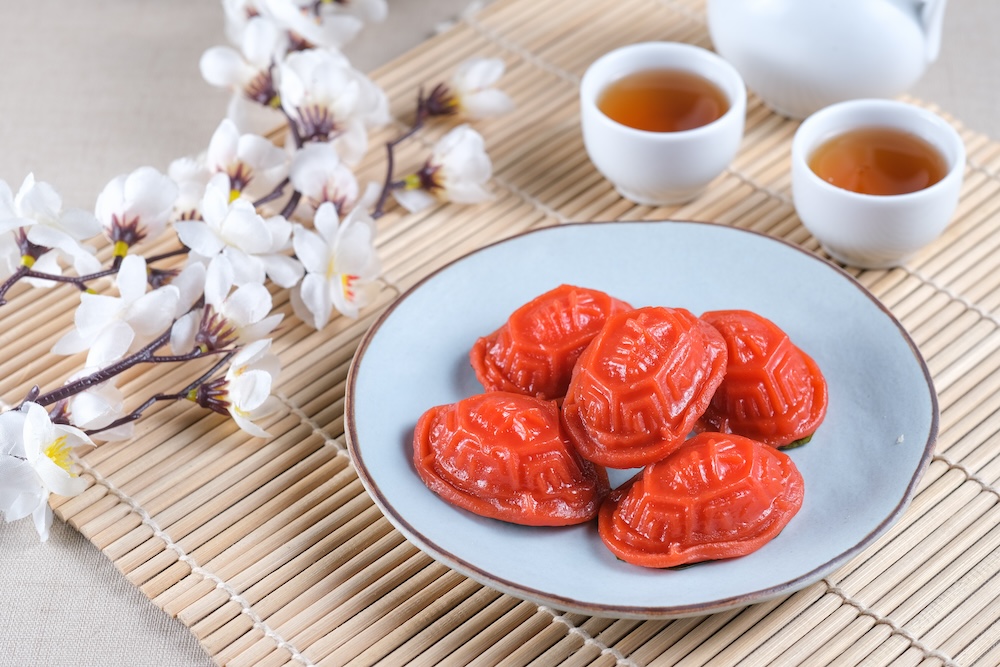
The Classic: Ang Ku Kueh, or red tortoise cake, is a glutinous rice flour pastry filled with sweet mung bean or peanut paste. It is traditionally moulded to resemble a tortoise shell, a symbol of longevity and good fortune. Its vibrant red hue and chewy texture make it a staple at celebrations and temple offerings.
Classic Ang Ku Kueh Recipe:
 Ingredients:
Ingredients:
For the skin:
- 400g glutinous rice flour,
- 400g orange sweet potato (steamed and mashed),
- 40g caster sugar,
- 100ml cooking oil,
- 100ml hot water,
- red food colouring or pandan paste for colour
For the filling:
- Choose between peanut (roasted peanuts, sesame seeds, sugar, flour) or mung bean (split mung beans, sugar, wheat starch, oil, pandan leaves).
 Method
Method
- Prepare the filling by steaming and mashing mung beans or processing peanuts with sugar and sesame.
- Mix mashed sweet potato with flour, sugar, oil, and water to form a pliable dough. Colour as desired.
- Wrap filling in dough, press into an ang ku kueh mould, and steam on banana leaves for 15–18 minutes.
Low-Carb Ang Ku Kueh
![]() Ingredients:
Ingredients:
- 100g almond flour
- 30g coconut flour
- 40g erythritol
- ½ tsp xanthan gum
- Pinch of salt
- 1 egg
- 60ml water
- Natural food colouring (optional)
- 200g unsweetened red bean paste
![]() Method:
Method:
- Prepare banana leaves by cutting them into squares and steaming to soften.
- Combine dry ingredients, add egg and water, and mix to form a dough.
- Colour the dough if desired, divide into 8 balls.
- Flatten each ball, fill with red bean paste, and shape.
- Press into the mould, place on a banana leaf, and steam for 20 minutes.
Modern Twists: Bakers are now giving Ang Ku Kueh a makeover with alternative flours, natural colourings, and inventive fillings:
- Low-Carb Ang Ku Kueh: Swap glutinous rice flour for a blend of almond and coconut flour, making it keto-friendly and suitable for those watching their carb intake. Fill with unsweetened red bean paste and use natural colourings like beetroot or butterfly pea flower for vibrant hues.
- Fusion Fillings: Experiment with fillings such as matcha white bean, black sesame, durian, or even chocolate hazelnut for a contemporary edge.
- Sugar-Free & Gluten-Free: Use dried blue pea flowers for natural colouring and substitute sugar with erythritol or stevia for a diabetic-friendly treat.
These adaptations retain the nostalgic charm of Ang Ku Kueh while making it accessible to a wider audience and introducing new flavour profiles.
Kueh Lapis (Rainbow Steamed Layer Cake): Layers of Nostalgia, Layers of Innovation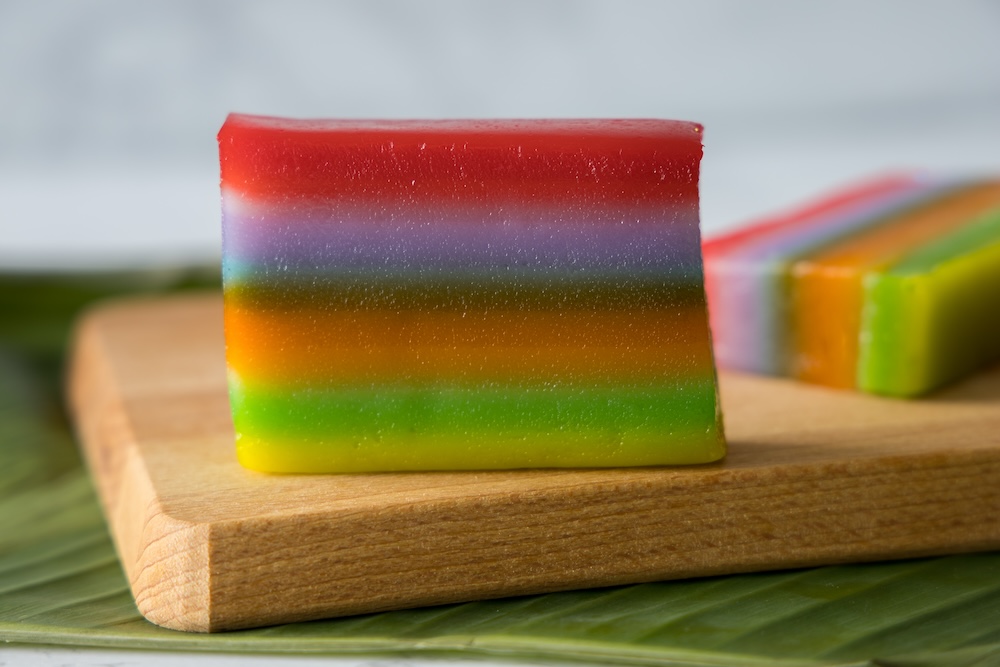
The Classic: Kueh Lapis, meaning “layered cake,” is a visually striking treat with alternating layers of coloured, coconut-infused batter. There are two beloved bakes that share this name. The most common version, Kueh Lapis Sagu, is soft, chewy, and gently sweet, made from rice flour, tapioca flour, coconut milk, and sugar. Each layer is steamed separately, creating a rainbow effect that delights both the eyes and palate. The other is the rich, spiced, baked Indonesian-Dutch Kueh Lapis Legit or “Spekkoek,” which features many thin brown layers and a buttery crumb. The recipes below celebrate the nostalgic rainbow version, an enduring star of local bakeries and homes.
Classic Kueh Lapis Recipe:
![]() Ingredients:
Ingredients:
- 200ml water
- 170g white sugar
- 3 pandan leaves
- 200ml coconut milk
- 125g tapioca flour
- 50g rice flour
- 20g sago flour
- Food colouring (optional)
![]() Method:
Method:
- Simmer water, sugar, and pandan leaves to infuse fragrance.
- Mix the flours with the coconut milk and combine with the syrup.
- Divide batter, tint with colours, and steam each layer in succession.
- Cool completely before slicing for clean, defined layers.
Modern Twist: Naturally-Flavoured Kueh Lapis
A contemporary version featuring natural colourings and subtle flavour infusions that celebrate local produce and creative baking.
![]() Ingredients:
Ingredients:
- 200ml water
- 170g white sugar
- 3 pandan leaves
- 200ml coconut milk
- 125g tapioca flour
- 50g rice flour
- 20g sago flour
- 1-2 tsp Pandan juice for green colour
- 1-2 tsp Beetroot juice for red or pink colour
- 1-2 tsp Blue pea flower water for blue colour
- 1-2 tsp Sweet potato or pumpkin purée for orange
- Citrus zest, rose water, and coconut flakes for added flavour in certain layers
![]() Method:
Method:
- Prepare natural colourings by blending/extracting juices, then strain.
- Simmer water, sugar, and pandan leaves to infuse fragrance.
- Mix the flours with the coconut milk and combine with the syrup.
- Divide batter, tint with colours, and steam each layer in succession.
- Cool completely before slicing for clean, defined layers.
- For extra flair, layer crushed toasted coconut or chocolate drizzle between layers before steaming.
Other Modern Twists
- Prune or Chocolate Lapis: Inspired by Dutch-Indonesian Kueh Lapis legit, add prunes or cocoa powder between layers for a richer, more decadent cake.
- Savoury Lapis: Incorporate local herbs or spices: think laksa leaves, lemongrass, or even curry powder, for a surprising savoury-sweet combination.
- Mini Lapis Bites: Cut the kueh into bite-sized cubes, dip in dark chocolate, and sprinkle with toasted coconut for a modern party snack.
These creative takes celebrate the essence of kueh lapis while inviting new textures and tastes to the table.
More Heritage Bakes with a Contemporary Edge
Pandan Chiffon Cake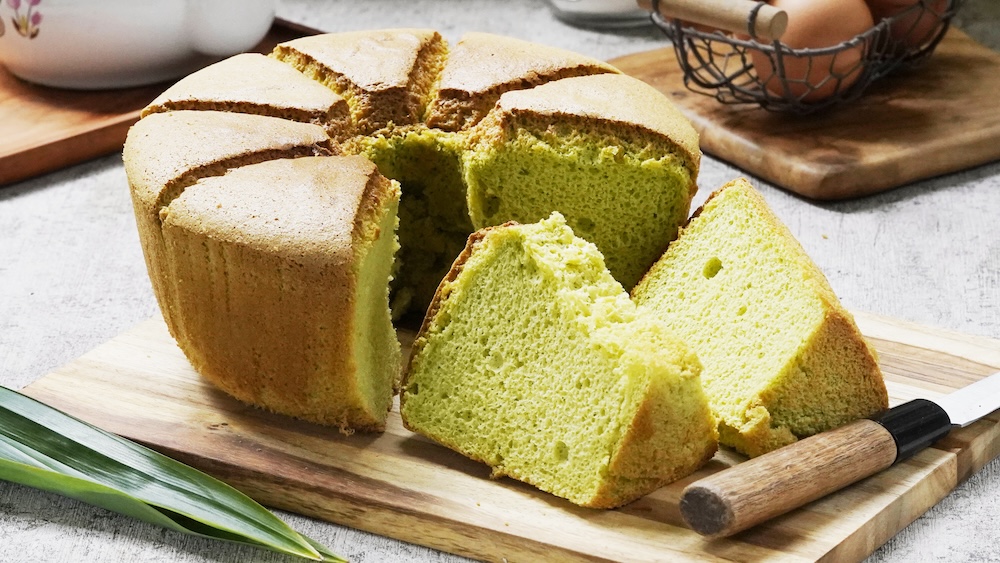
A perennial favourite, Pandan Chiffon Cake is light, airy, and perfumed with the fragrance of pandan leaves. Modern versions incorporate coconut cream for extra richness or use alternative sweeteners for a healthier twist.
Ondeh-Ondeh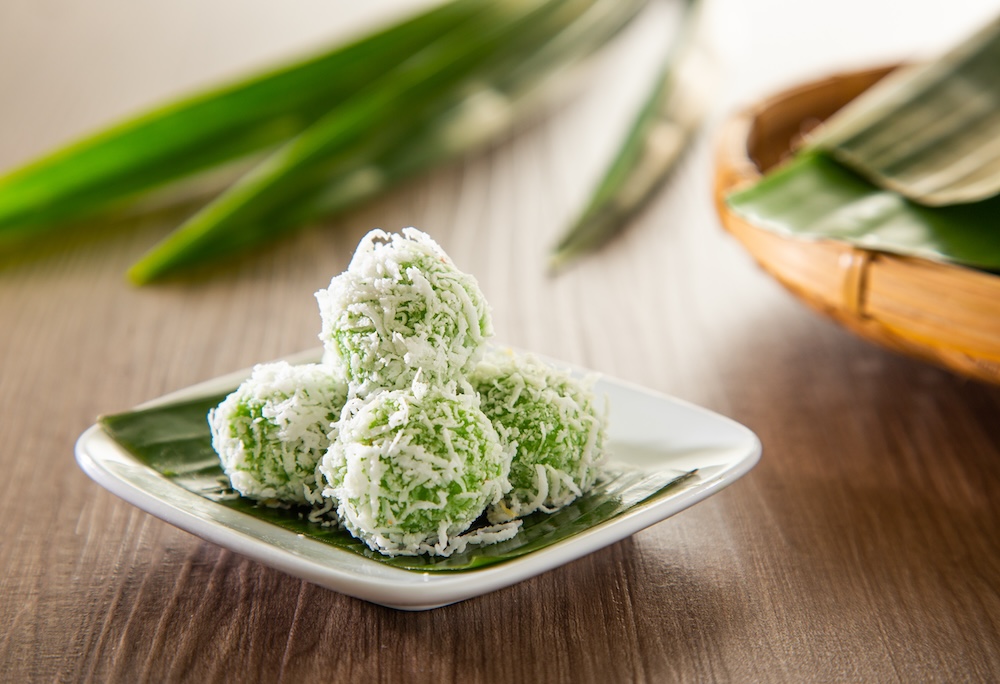
Traditionally, ondeh-ondeh are glutinous rice balls filled with molten Gula Melaka (palm sugar) and coated in grated coconut. Contemporary spins include using purple sweet potato or pumpkin in the dough, or filling them with salted caramel for a playful East-meets-West dessert.
Bakery Innovations
Artisan bakeries in Singapore, such as Keong Saik Bakery and Old Seng Choong, are leading the charge in heritage baking with a twist. Their offerings include:
Salted Egg Croissants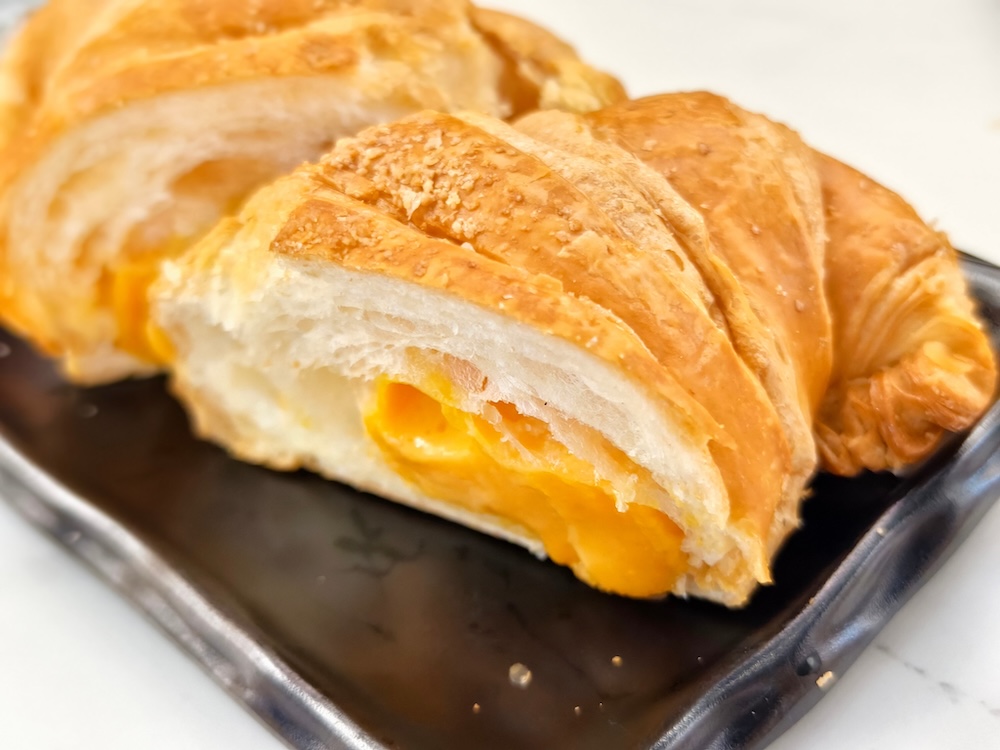
Marrying French pastry techniques with the umami of salted egg yolk.
Local Flavour Cookies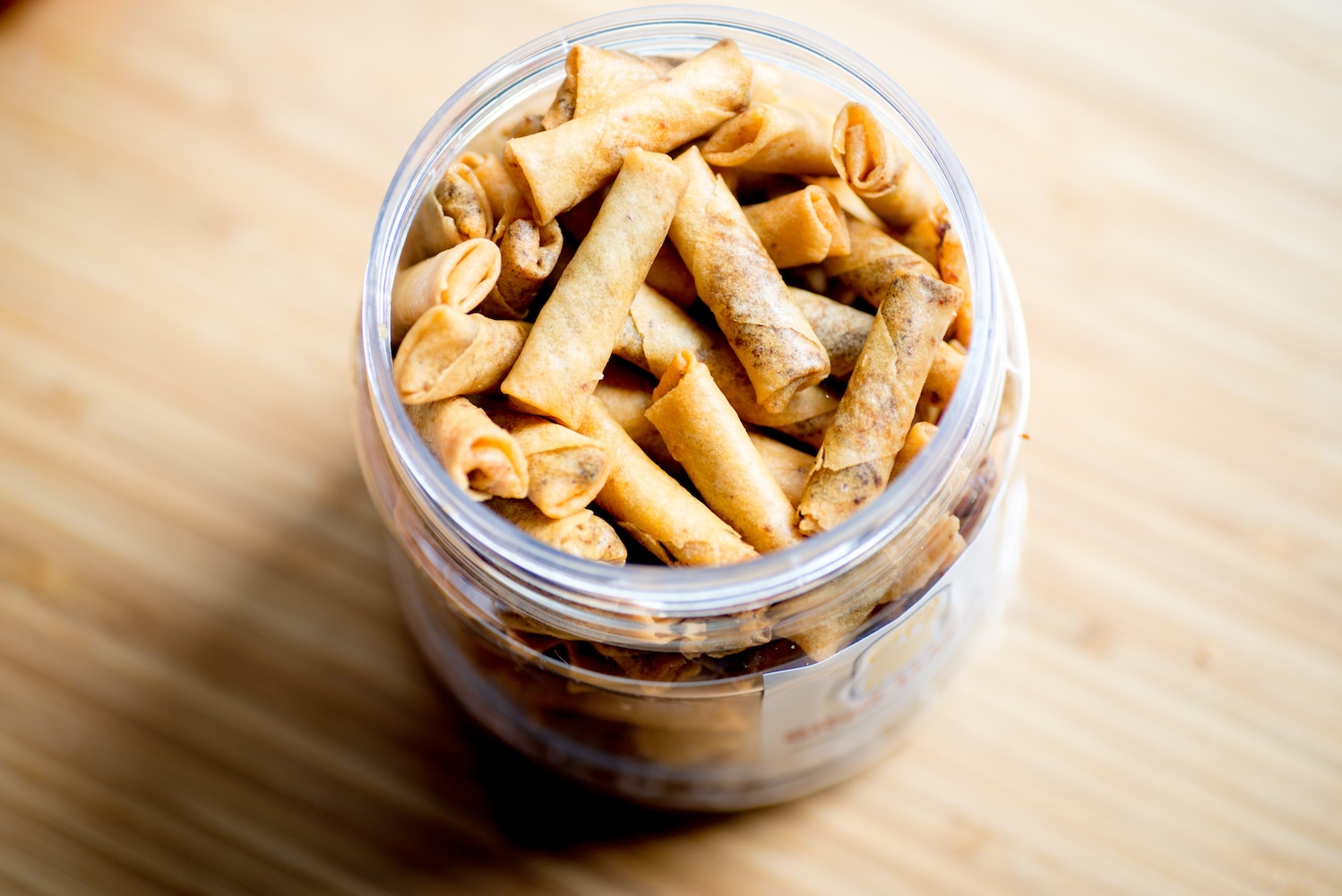
Cookies infused with laksa leaves, hae bee hiam (spicy dried shrimp), or even bak kwa (barbecued pork) for a uniquely Singaporean bite.
Chocolate Tarts with Local Spices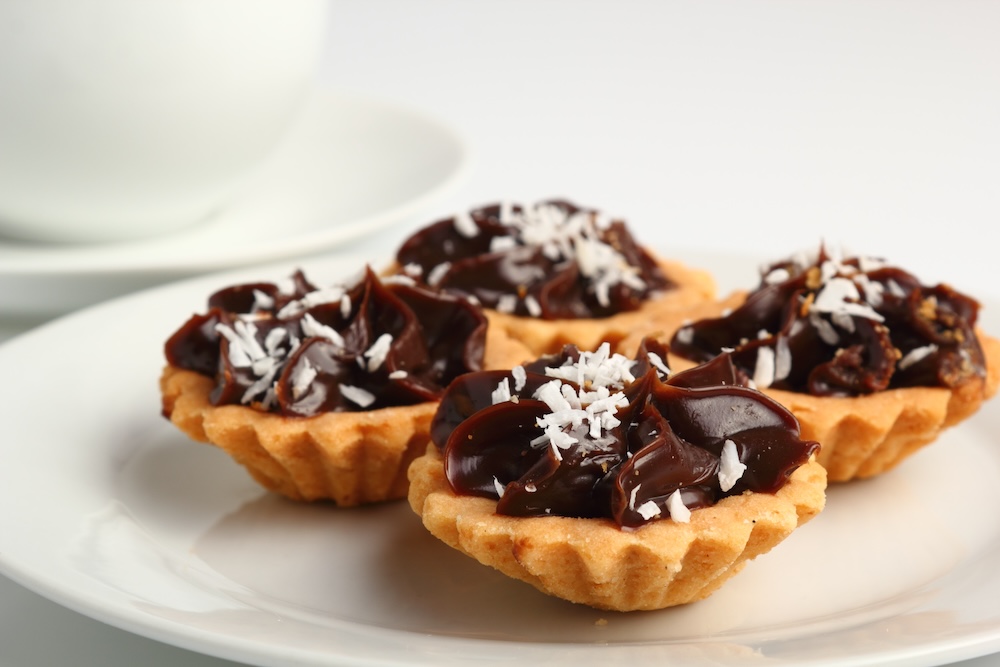
Incorporating ingredients like gula melaka, pandan, and coconut into classic Western bakes for a harmonious blend of old and new.
Importance of Local Flavours
Incorporating local ingredients and flavours into heritage bakes not only preserves culinary traditions but also supports local producers and celebrates the unique gastronomy of each region. Fresh coconut milk, locally grown pandan, and native sweet potatoes imbue these treats with a sense of place and history.
Modern bakers are also mindful of dietary needs, offering gluten-free, vegan, and low-sugar versions of classic recipes, ensuring that everyone can partake in the joy of heritage desserts.
Heritage bakes are living traditions, constantly evolving, yet rooted in the flavours and stories of the past. By embracing innovation and celebrating local ingredients, today’s bakers are ensuring that these beloved treats continue to delight future generations. Whether you’re a purist or an experimenter, there’s never been a better time to rediscover and reinvent the bakes that define our culinary heritage.



